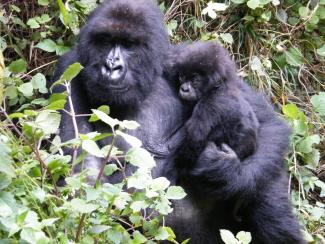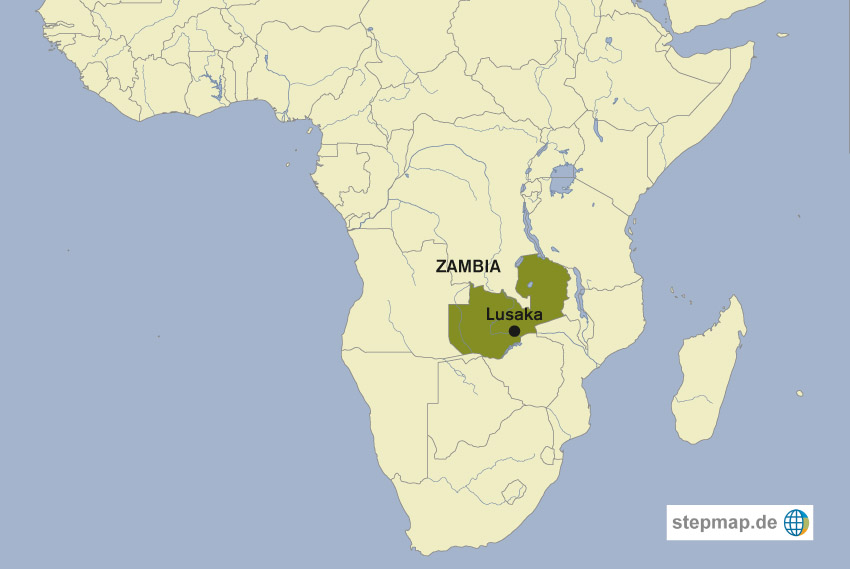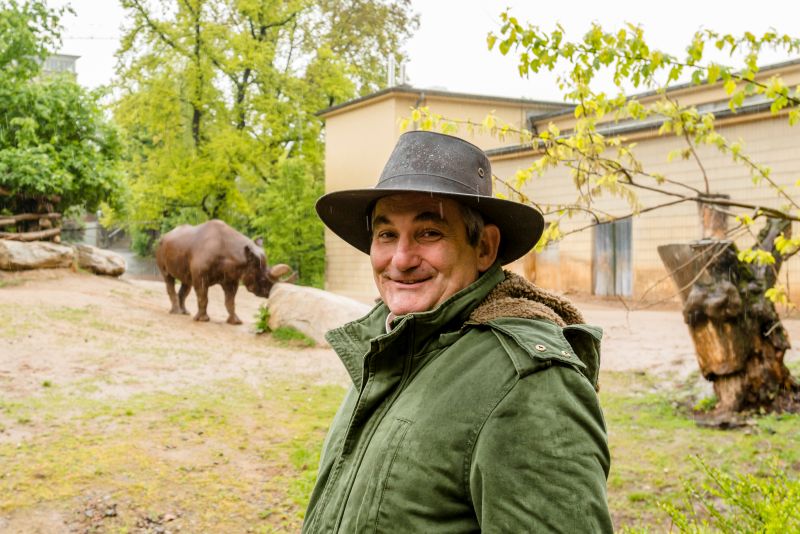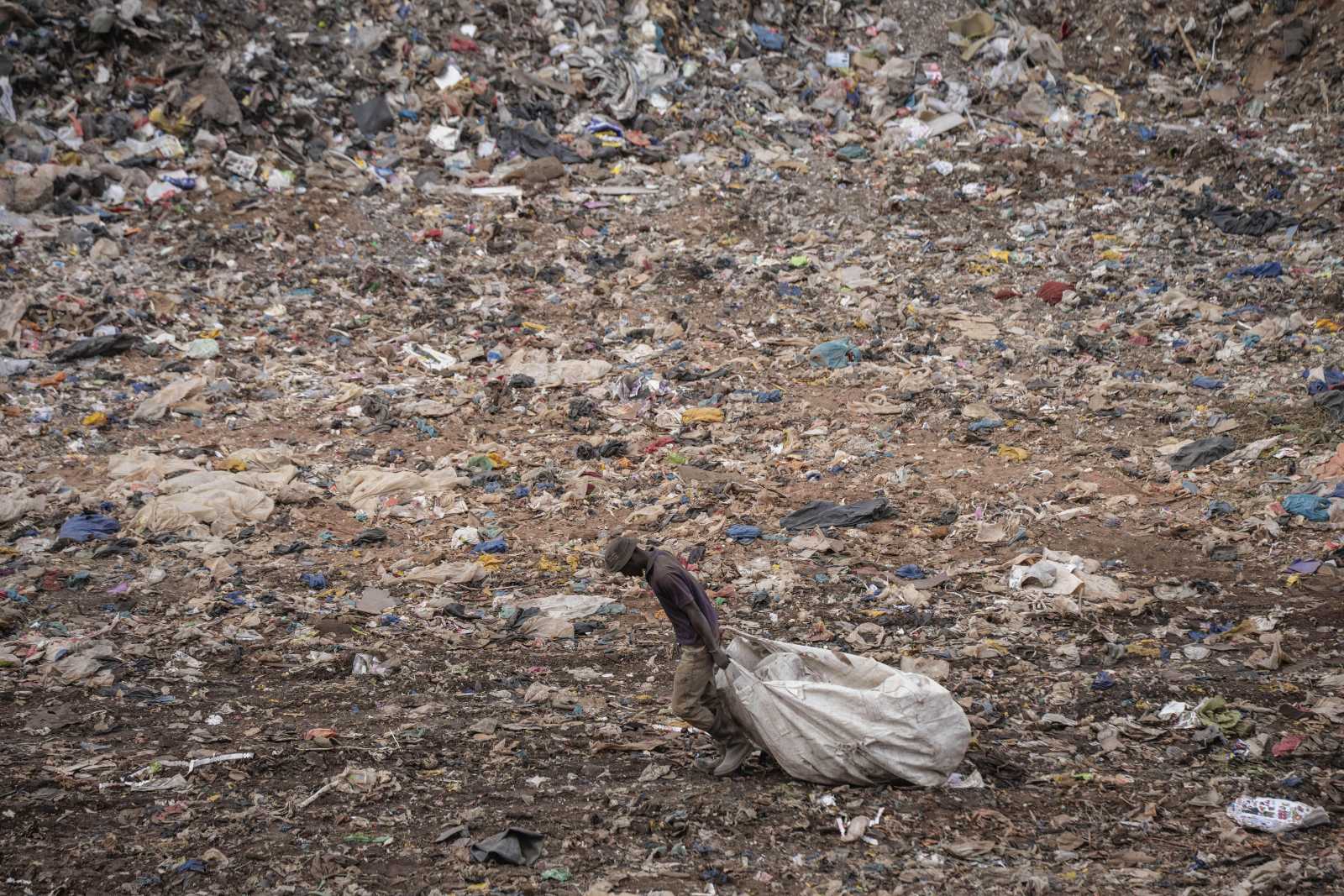Conservation
Tourism protects

There are approximately 780 mountain gorillas remaining in the world, and they are at risk of extinction. About half of the population lives in the Virunga Conservation Area which covers the Virunga National Park in the Democratic Republic of the Congo (DRC), the Mgahinga Gorilla National Park in Uganda and the Volcanoes National Park in Rwanda. The other half lives in the Bwindi Impenetrable National Park in Uganda.
Most of the mountain gorillas live a wild existence, but all three countries offer tours to see habituated groups. However, it is not advised to go to the DRC’s Virunga National Park at the moment for security reasons. Information about the numbers of gorillas, habituated groups, visitors and prices vary. It is impossible to establish precise facts. According to the available data, it seems likely that both Uganda and Rwanda have around ten gorilla families that are habituated to visitors, and a maximum of eight visitors is allowed per day and family. That would add up to tens of thousands of people every year.
The tourists pay a high price for the special encounter: Foreigners are charged $ 750 in Rwanda and $ 600 in Uganda. Prices are reduced during the rainy season. While the trek can take up to a whole day, visitors spend about one hour close to the gorillas.
Some people criticise that tourism exploits the animals and deprives them of their natural, wild life. On the other hand, the lucrative, high-priced tourism secures their existence. Governments have turned their habitat into national parks, and rangers protect them against poachers and illegal traders. Today, mountain gorillas are the only type of great apes that is growing in numbers. (kd)












